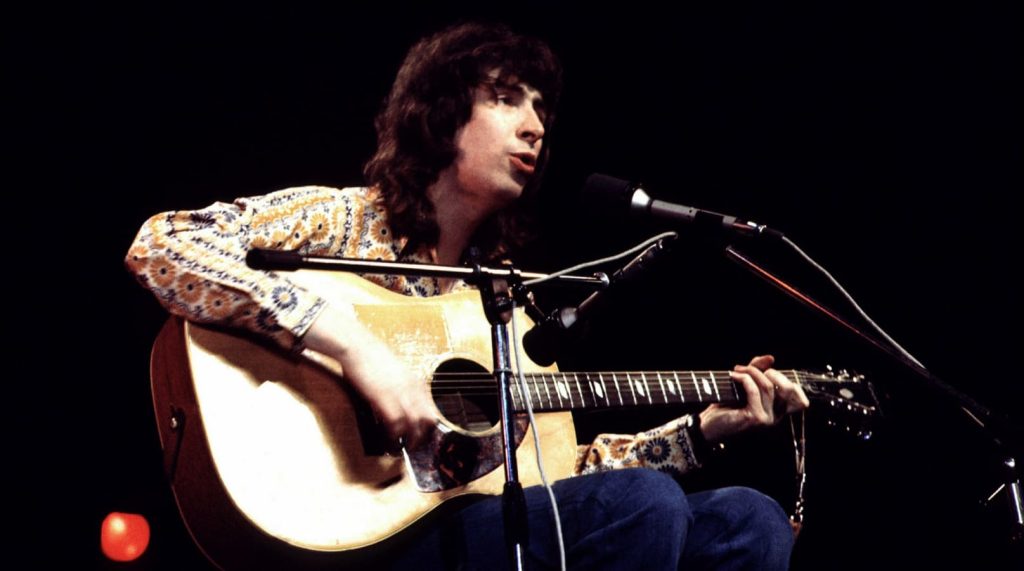
Al Stewart’s “Year of the Cat”: A Retrospective on a Timeless Classic
In the rich tapestry of 1970s rock and folk music, few songs have woven as intricate and evocative a narrative as Al Stewart’s “Year of the Cat”. Released as a single in July 1976 in the UK and subsequently in October of the same year in the US, this title track from Stewart’s album of the same name not only showcases his lyrical prowess but also marks a pinnacle in his career, thanks in no small part to its cinematic quality and musical sophistication.
Recorded at the legendary Abbey Road Studios with the engineering magic of Alan Parsons, “Year of the Cat” stands out for its vivid storytelling and lush instrumental arrangements. The song peaked at number 8 on the Billboard Hot 100 during March 1977, a commendable achievement that, while surpassed by Stewart’s later single “Time Passages”, does not overshadow the enduring legacy of this track.
The narrative of “Year of the Cat” is as compelling as its melody. Co-written by Peter Wood, the song features a protagonist—a tourist—caught in a whirlwind romance with a mysterious woman in an exotic locale. This chance encounter, set against the backdrop of a market in a timeless country, shifts the course of the protagonist’s life. The song’s lyrics are imbued with a sense of serendipity and destiny, influenced by a book of Vietnamese astrology left open on Stewart’s girlfriend’s table, pointing to the Year of the Cat—a time of unpredictability and change.
The song’s structure is a testament to Stewart’s craftsmanship as a songwriter and a storyteller. Beginning with a reference to a Humphrey Bogart movie and weaving through a narrative that feels both personal and universal, Stewart’s use of the word ‘of’ in his titles adds a layer of depth and portent, a nod perhaps to his admiration for Bob Dylan’s similarly constructed titles.
Musically, “Year of the Cat” is a masterpiece of balance and texture. The track is notable for its extended instrumental sections, which make up over four minutes of its nearly seven-minute album version. This includes a memorable alto saxophone solo by Phil Kenzie, which was, according to Stewart, initially a point of contention but ultimately one of the defining features of the song. The arrangement features a melodic blend of cello, violin, piano, acoustic guitar, distorted electric guitar, synthesizer, and saxophone, showcasing Stewart’s ability to blend folk music with jazz influences seamlessly.
Beyond its initial success, the song achieved a significant chart presence worldwide, becoming a major hit in countries like Australia, Belgium, Canada, Italy, the Netherlands, and New Zealand. Despite its modest peak at number 31 in the UK, the song’s re-release brought it renewed interest and a lasting place in the pantheon of classic rock.
“Year of the Cat” remains Al Stewart’s signature piece, a song that continues to resonate with audiences for its lyrical elegance and melodic richness. It is a vivid reminder of the power of music to capture moments, emotions, and stories in a way that transcends time and place, making Al Stewart not just a musician, but a poet of the airwaves.